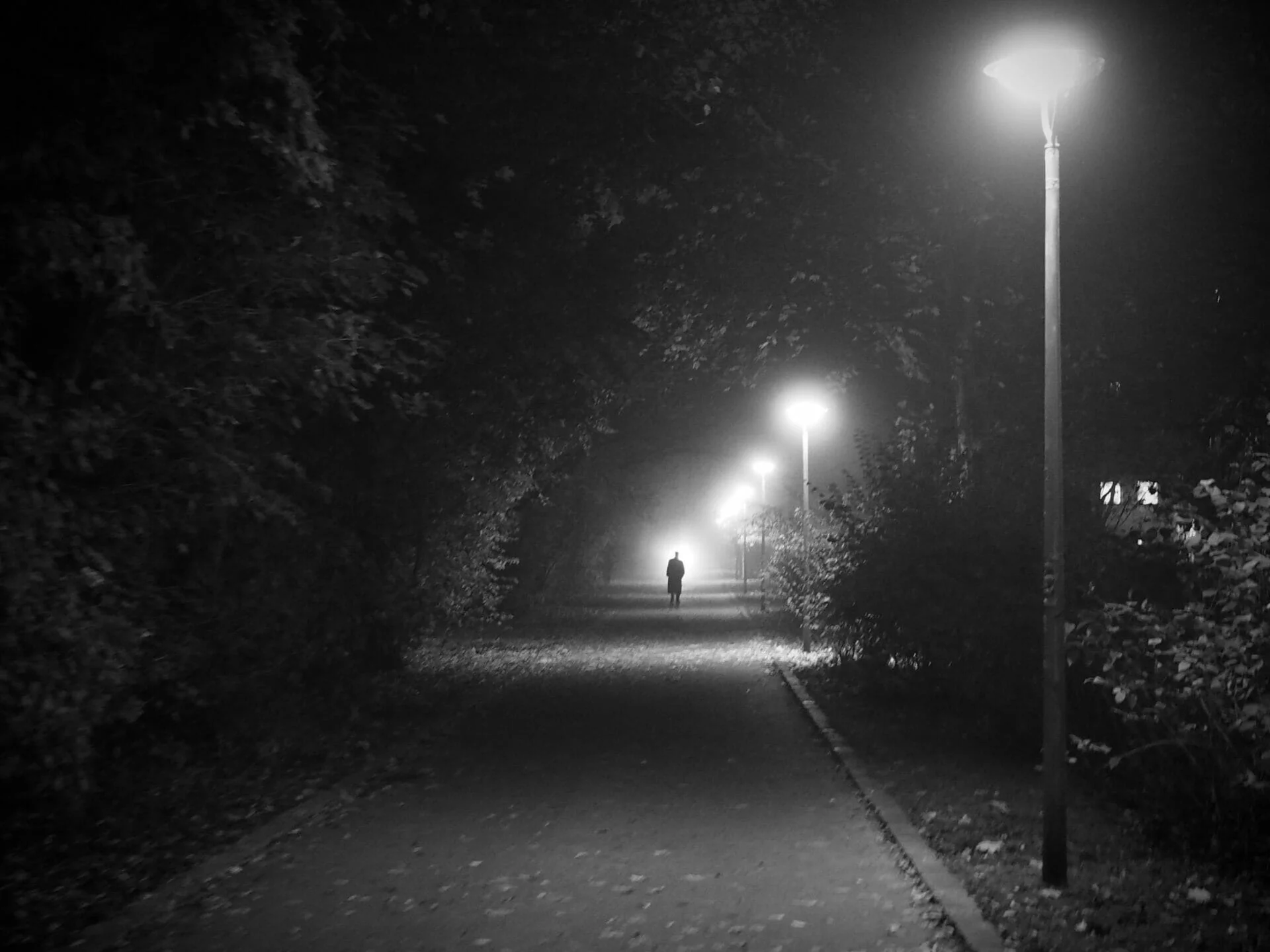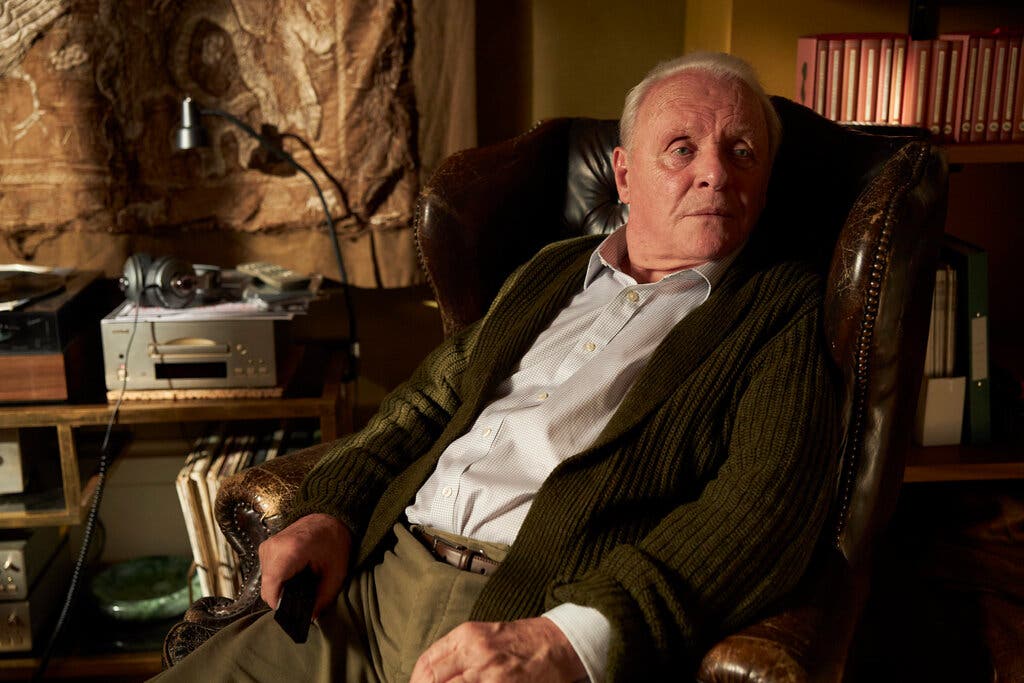
Up | An Inter-Generational Story To Rise Above Grief
Year
Runtime
Production Designer
Music by
Country
Format
Genre
Subgenre
Up is a 2009 animated movie directed by Pete Docter and co-directed by Bob Peterson. It mixes together a variety of significant themes that add depth to its story and make it accessible and relatable to both younger and adult viewers. It deals with the theme of the natural ageing process. Furthermore, there is the theme of death, abandonment, and those left behind, which triggers the inner conflict that the lead character in the story will have to face. Finally, it features the theme of friendship, the real driving force behind the action and the journey. For it is friendship, helping to overcome grief, that will eventually turn into the main journey. All of this is seasoned with a colorful and dreamy aesthetic.
A shared passion for adventure
Up tells the story of an old man named Carl Fredricksen (voiced by Edward Asner). As a child, Carl had a hero: explorer Charles Muntz (Christopher Plummer). Muntz became famous for traveling the world in his self-designed airship and discovering treasures and exotic wildlife. He was last seen shortly before embarking on a mission to prove the existence of a 13-foot-tall rare bird specimen living in Paradise Falls in South America.
Young Carl (Jeremy Leary) meets a girl, Ellie (Elie Docter) who has the same love for exploration as he does. Their shared passion for adventure and devotion to Muntz unites them until their love blossoms. Their lifelong dream is to follow in Muntz’s footsteps and explore South America. But time and years pass quickly and life messes up their plans. Now an old man and a widower, Carl nevertheless chooses to hold on to their dream. Indeed, he turns his house into an airship that flies through the sky thanks to many balloons of a thousand colors. However, his plan for a solo trip gets soon turned upside down by a young boy named Russell (Jordan Nagai). Stuck together at high altitudes, this duo will have exhilarating experiences, braving many dangers and making new unexpected friends.
Produced by Pixar Animation Studios, in co-production with Walt Disney Pictures, Up was the first animated movie to debut at the 62nd Cannes Film Festival. What’s more, it became the third consecutive Pixar movie to win the Academy Award for Best Animated Feature, following Ratatouille (2007) and WALL-E (2008).
The house with a thousand balloons
Beyond doubt, the central icon of the movie is indeed the house flying through the sky powered by thousands of colorful helium balloons. This iconic house is evocative of explosive joy, hope, and lightness. Yet it hosts one of the most emotional and complex prologues produced by Pixar. Indeed, it is a noteworthy opening, one that sticks with the viewer for its ability to convey in a couple of minutes the meaning of life, with its ups and downs. Carl and Ellie’s house forms an integral part of their story. It is like an evolving character. In the beginning, it is a safe space in which everyday life takes place. Later it becomes a kind of relic of their love that travels around. As such, Up is a gentle reminder of the importance of home and the place it occupies in our daily lives.
Up‘s balloon house has entered the collective imagery. So much that some people replicated it and others projected its significance unto the real world. After the movie premiered, imagination prompted a builder to replicate the house and enchanted a family to move in. The couple felt connected to the movie because it portrayed real-life problems they had also faced.
There is also another case in which a Seattle bungalow has been labeled by many fans as the real-life house from Up. According to some, this house was the inspiration for the movie. This belief, however, is more of a projection of people’s feelings about a real issue. Up‘s house in this sense helped translate the concern to preserve local properties. It has become a symbol of a small and anonymous resistance force against the rapid process of gentrification.
Elderly and wise
It is arguable that the physical journey the protagonist undertakes can certainly be read on multiple levels. Including that of an elderly man journeying into his senior years. As a matter of fact, the main protagonists rarely have white hair and wrinkles. More often, the elderly character acts as a mentor or companion for a younger protagonist. There are plenty of these cases such as Mr. Miyagi (Pat Morita) in The Karate Kid movie series, Gandalf (Ian McKellen) in The Lord of the Rings and The Hobbit trilogies, or Albus Dumbledore (Michael Gambon) in the Harry Potter series. In Up, Carl does not benefit from the advice of a master or wizard. There are no riddles to decipher or the sonic echoes of some spoken truth to guide him. He makes the tough decisions on the spot, which lends even more authenticity.
The narrative in Up actually cherishes the memory of those people who have become the receptacles of unparalleled experiences and stored knowledge. This take bears comparison to Ernest Hemingway‘s novella The Old Man and the Sea (1952). Both cases are about an elderly man’s solo journey into nature. Moreover, as the elderly man goes into the wilderness, he is struck by memories of his past. At the same time, the past comes to be disclosed to the public. Thereby, memory acts as a driving force in the story. As long as it is a source of energy to move forward and not brood over the past.
The myth of Sisyphus
At one point in the story, the dream turns into a nightmare. Carl’s obsession with pulling the house up by foot is a torture similar to the myth of Sisyphus who receives punishment from the god Zeus. Sisyphus is condemned to push a boulder up a hill for eternity. Every time he approaches the top, the boulder rolls back down. Similarly, Carl pushes his house to the dreamed location on the cliff. He also faces many detours that fatally lead him astray. French existential philosopher and author Albert Camus, in his 1942 essay The Myth of Sisyphus, imagined Sisyphus defiantly going to meet his fate, embracing his struggles with the repetitive task and the absurdity of it. In Up, Carl adopts a different solution: he eventually throws all his material goods out the window. Metaphorically, by dropping the weight of his material past, he takes a step to free himself from grief and accept the death of his partner.
The old greeting the new
Carl also gets help from his new companions to overcome the inevitable. The new duo formed by Carl and Russell offers a change in dynamics. A change that differs from the aforementioned situation in which the elder only intervenes as a mentor. Here, Carl takes on the responsibility of a younger companion, but it is actually Russell who suggests new directions. After all, Russell is a child who shows spontaneity but also innate and intuitive intelligence. And Carl witnesses the possibility of a brighter world through the child’s eyes. A world that contrasts with the early gray scenes of his routine. Eventually, the forming of a new friendship becomes the adventure Carl was looking for.
Pushing technical production toward “simplexity”
The color palette in Up employs bright and shiny colors. The tones of yellows, blues, and reds are sharp and far from dull. The edges of the images are smooth, while the background appears blurred at times. This gives an overall feeling that the art style of the movie is rather painterly. It also recalls the simplicity and direct forwardness of children’s drawings. It was a choice of the artistic team to seek rather detailed and intricate representations, while the choice of landscapes and objects remained quite believable. The Pixar team invented the concept of “simplexity” to describe this process. For example, the house, the dog, the bird, the sky, and the clouds are all subjects belonging to a child’s drawing. However, the textures of the feathers or the details of Russell’s scout uniform give life and depth to the animated figures.
Aboard their balloon-powered airship, Carl and Russell set off on an adventure to Paradise Falls. A fictional waterfall, inspired by the world’s tallest waterfall, Salto Ángel, known as Angel Falls, in the Amazon rainforest in Venezuela. The artistic team traveled to the site, visiting the tepui of Venezuela to explore the distinctive landscapes and biotopes that exist only at the top of this mountainous plateau. Once back in the studio, the trip influenced the artists’ productions. Their work intended to capture the mood and feelings they felt, rather than strictly reproduce the reality of the terrain.
A soulful message conveyed in a friendly formula
Live action movies are someone else’s story. With animation, audiences can’t think that. Their guards are down.
Lee Unkrich
To sum up, Pixar’s Up succeeds in standing out in the landscape of visual storytelling as an animation that reaches out and touches everyone’s heart because it makes use of simplicity to discuss deep themes. In this way, it gives those themes both clarity and accessibility to all ages. The viewers find themselves drawn in by the story of Carl, a grumpy old man who, after all, could be anyone’s grandfather. And, indeed, he eventually becomes one for Russell as well.
More than that, Up intimately explores the human psyche and deeper subjects such as dreams, death, and emotions. Arguably, due to their breadth and complexity, these themes appeal to a more mature public. Nevertheless, the animation format proves to be a way to revisit them through a sort of Calvinian lightness. That is, gliding lightly from above to observe the world and its people. After all, the journey aboard the flying house held up by a thousand colorful balloons is an encouragement to glide over some difficult matters lightly and without any weight on one’s heart.
Tag







